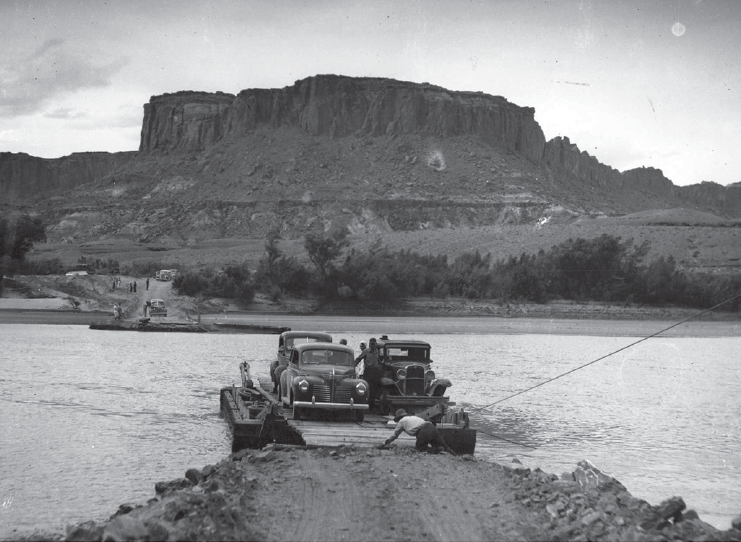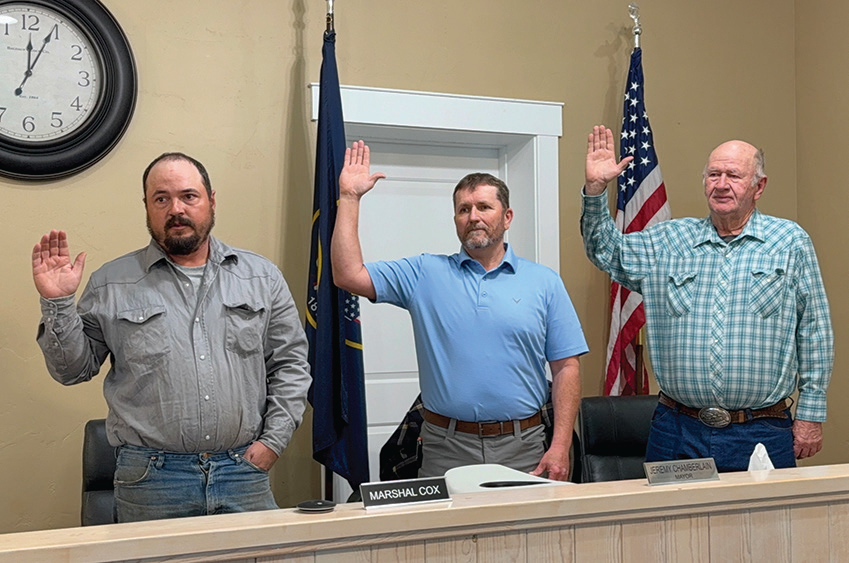Presentation on the History of Hite, Utah, held in Page, Ariz.
- Phil Clark

- Dec 7, 2022
- 4 min read
Glen Canyon Conservancy and the Page Public Library hosted a presentation by Cindy Stafford, of Page, on the history of Hite, Utah, at the northernmost maximum extent of Lake Powell. Many of us know Hite as a place where commercial raft trips take out after floating through Canyonlands National Park and where there used to be a marina, boat launch ramp and store. Few of us knew Hite when there were no bridges, no paved highways and no lake. On November 15, Stafford presented historic photographs and documents from a time when many of us didn’t exist.

Stafford visited Page and Hite in 1989 as a pleasure trip and eventually met Kern Nuttall. In 2005 she started thinking of working in the Southwest. When she discovered the Page Public Library, she realized that a town that cared enough to build such a great library was a place where she wanted to live. Stafford got a job at Glen Canyon NRA in the interpretation division and volunteered for the cultural resources division.
Stafford’s presentation, entitled “Submerged Memories- Dick Sprang Recalls Hite Ferry” included historic photographs describing the original Hite settlement and the ferry that transported cars across the Colorado River before there was a lake or a paved road. Hite is 167 miles upstream along the river from Lees Ferry.

As plans for dams to be built were being conceived on the Colorado River, surveyors documented the topography of the area in the early 1950s. In the interest of efficiency, the survey was limited to a maximum elevation of 3,900 feet and many canyons simply didn’t show up on the survey drawings. The maximum designed level for Lake Powell is 3700, so as far as the survey, little mattered for the topography above 3,900 feet.
At the time of the survey, the only way to drive into Hite was by driving down a rough and treacherous road in North Wash, also known as Crescent Wash. A sign along the road read: “Danger Flash Flood Area. 60 Wash Crossings next 18 Miles. Do not Cross Wash When in Flood.” If the sign didn’t give a traveler pause, the actual wash crossings did, as many of them showed no hint of any sort of road. Maps of the area had the note “Travel in this area not recommended without a guide.”

Gus Scott floated the river as a young man in 1955. Gus and his friends were anxious to explore the area as they knew that dams would come and the chance to explore would be lost. At the time of their trip, the river flowed some 1500 cubic feet per second. They were the first non-natives to explore “Three Warrior Ruins” which later became known as “Defiance House.” The Glen Canyon Dam project started in October 1956. Cass Hite, 1834-1914, was the first white settler in the area known as Hite.
Cass Hite was a gold prospector and explorer who arrived in southern Utah around 1880. Hite spun tales about mining for gold to the national press about Glen Canyon. These stories helped trigger a rush of miners to the area. Prospectors soon found that the ore was too small and dusty to extract. The Salt Lake Herald described Hite as a “genial old miner who has found more gold and made less money than any man.” C. Gregory Crampton, historian at the University of Utah and best known for documenting cultures and artifacts in Glen Canyon before it was flooded by the Glen Canyon Dam, said of Hite that he was “…a strong believer in the rule that it is easier to mine gold out of an investor’s pocket than it is out of the ground.” The gold rush didn’t last, and Hite lived in the area until he passed.

Arthur ‘Arth’ Chaffin, 1884 – 1979, an avid hiker and explorer settled in the area. He knew the area well and was reluctant to share information about the area with others, knowing that once the beauty became known, more and more people would arrive. Chaffin coined the term Canyonitis “a humorous affliction, but I know of no old riverman who doesn’t seriously carry this disease”, a condition in which one does not disclose too much information about canyon country. The nearest railroad was about 120 miles away and Chaffin’s nearest Colorado River neighbor was at Lees Ferry, almost 170 miles downstream along the river. He called the Hite area home until his passing in 1979.
The original crossing of the Colorado river was called Dandy Ford, about five miles downstream of what would later be the Hite Marina in Glen Canyon National Recreation Area. The ford would allow crossing the river when the river flow wasn’t too high. In 1933 every Utah politician voted for the establishment of Capitol Reef National Monument and bridges were built across the Colorado and Dirty Devil rivers. The Governor of Utah, at the time, was the first to cross the new bridges which were still approached by unpaved gravel roads. There wasn’t enough funding for both the road and the bridges, so the bridges were built first. At the time of the Governor’s visit, the bridges were first dedicated as a ‘marriage’ between Kane, San Juan, and Garfield. “[The bridges] stand there a few miles apart in the middle of a vast and silent wilderness, with nothing at either end but a 50-mile stretch of gravel track stretching east and west across a nearly waterless desert.” - John V. Young. The Hite ferry served from 1946 to 1964 and ceased operations when the paved highway was complete.
Almost 60 years after the completion of Glen Canyon Dam the area is once again coming out of the watery depths. All that remains of the water-based facilities is a boat ramp, now a slab of concrete in the tamarisk flats. For many in the audience, it was a chance to know more about an area that they have never seen. Gus Scott was in the audience and posed in front of the photo of himself in 1955. He later became a cartoonist for the Batman and Robin comic books.
The schedule for future lectures is available in the Copper Newsletter, a publication by the City of Page. To subscribe free to the newsletter, send a request to copper@ pageaz.gov. Information about the Glen Canyon Conservancy can be found at https://www.canyonconservancy.org/.




